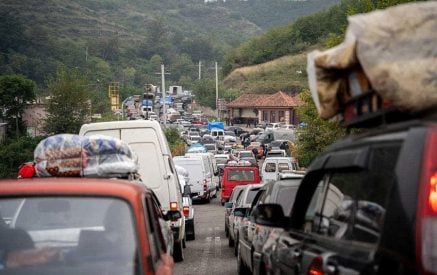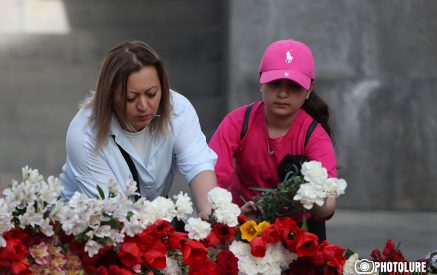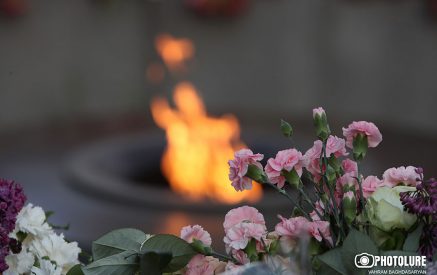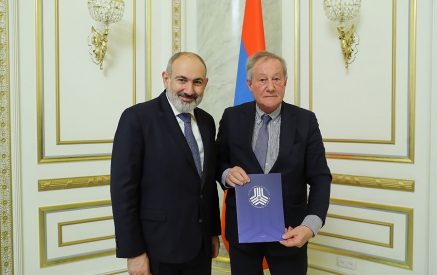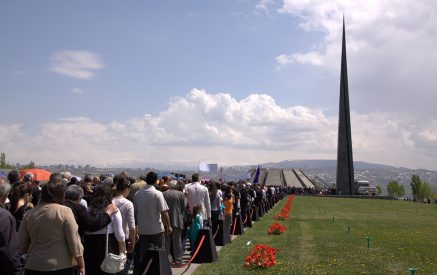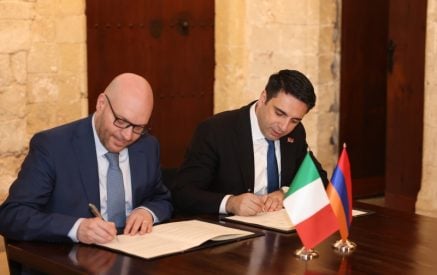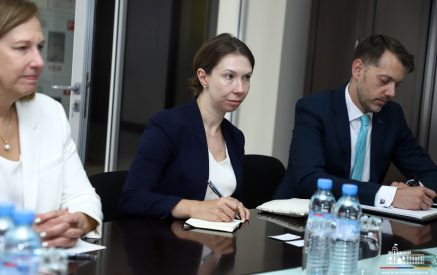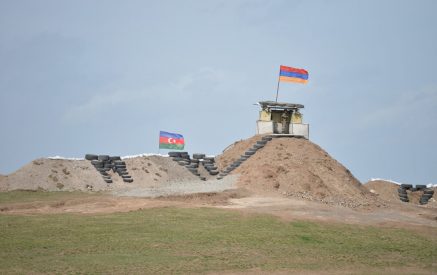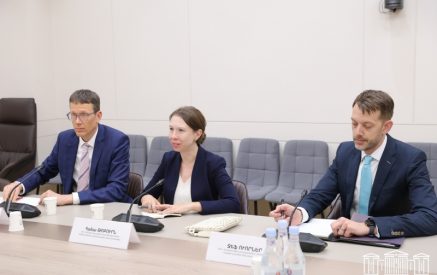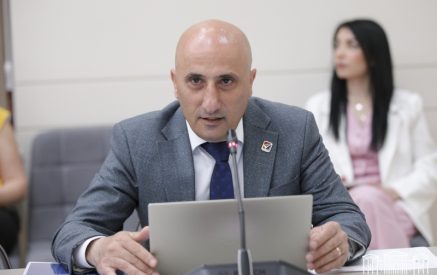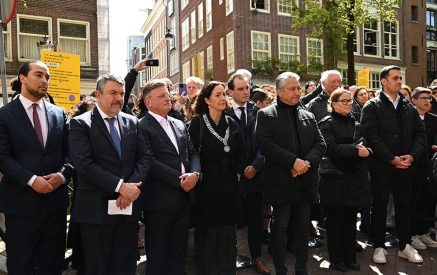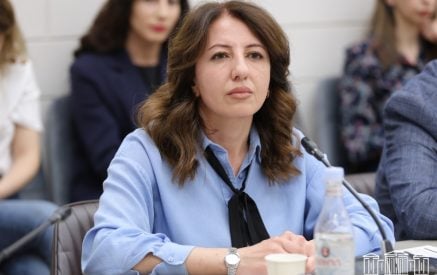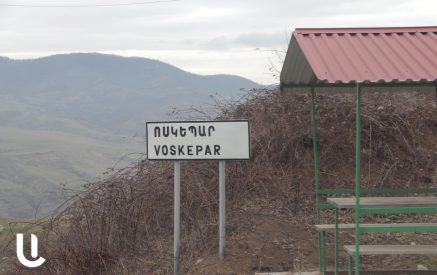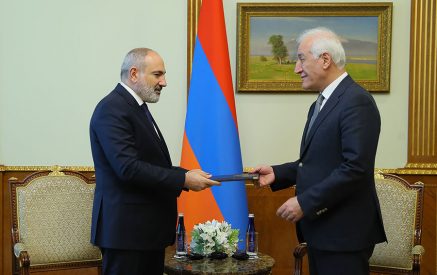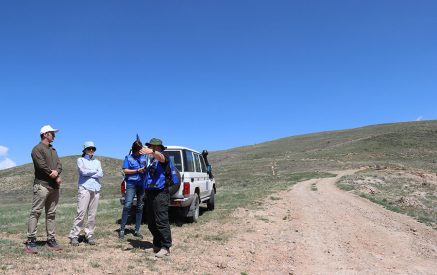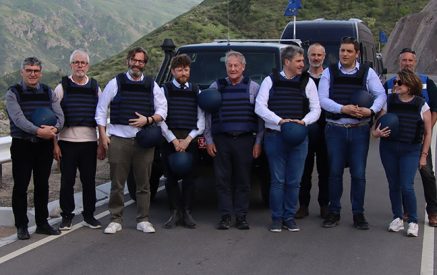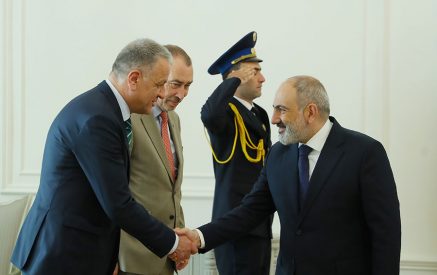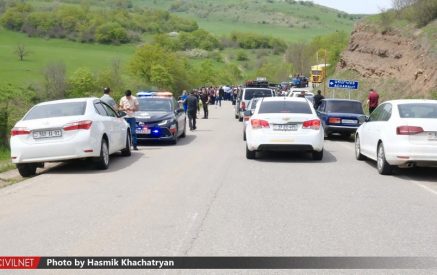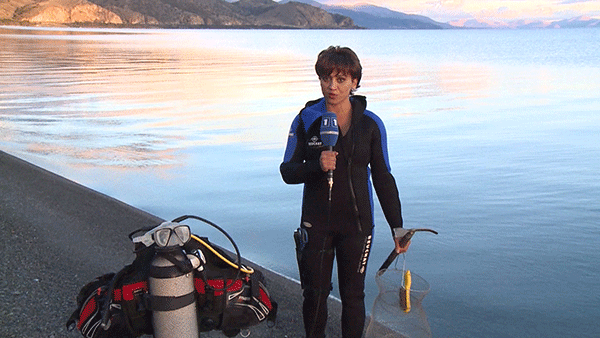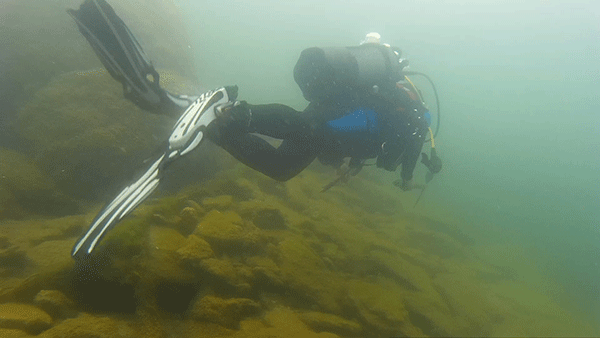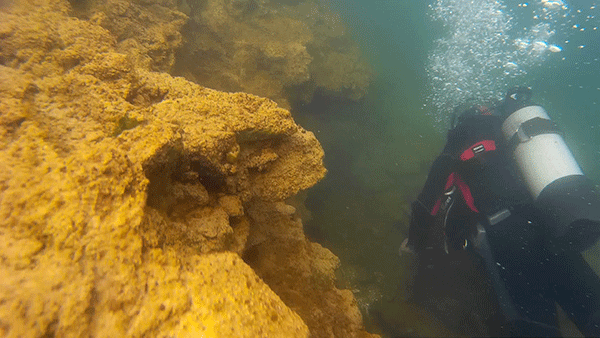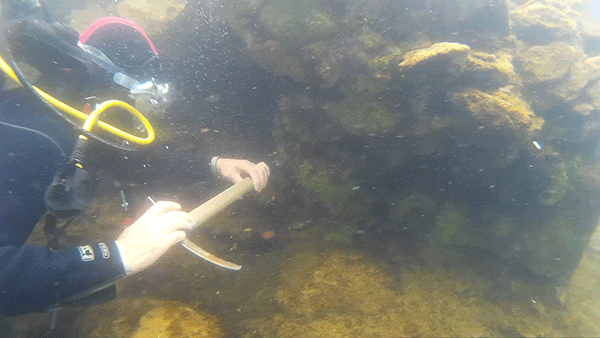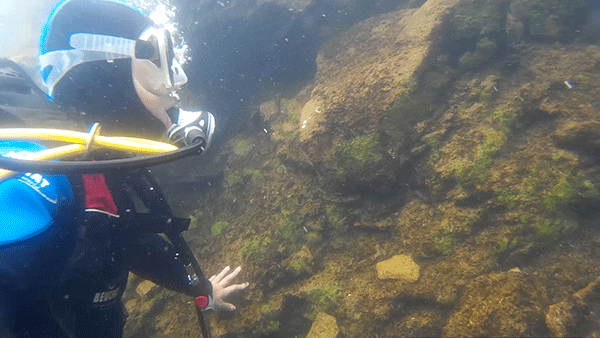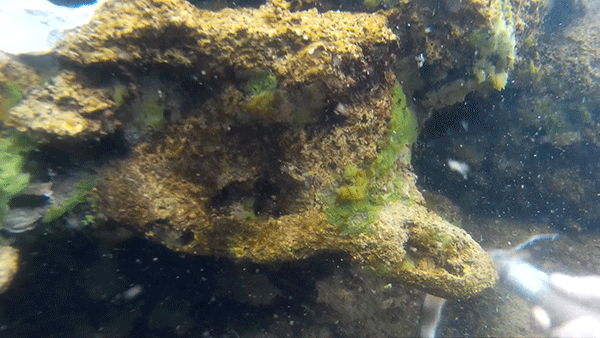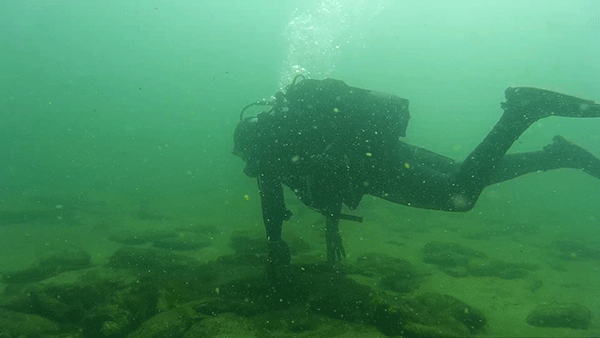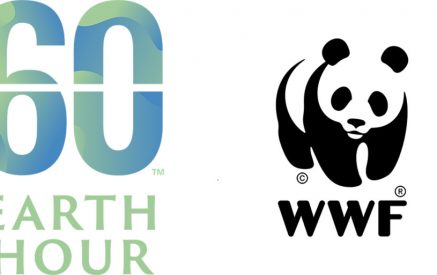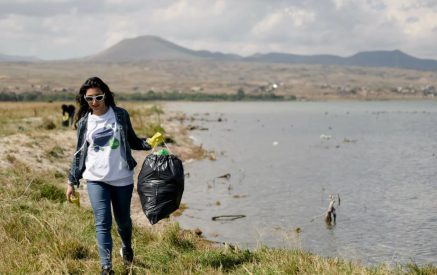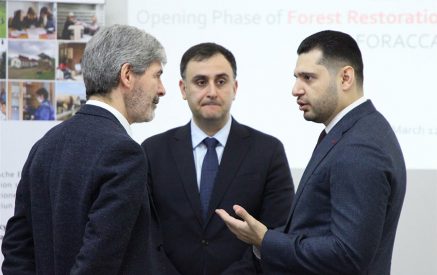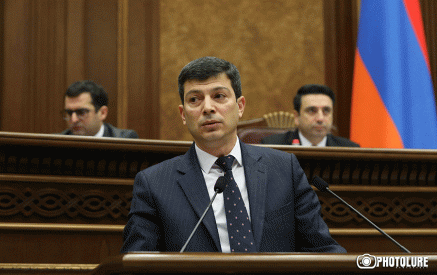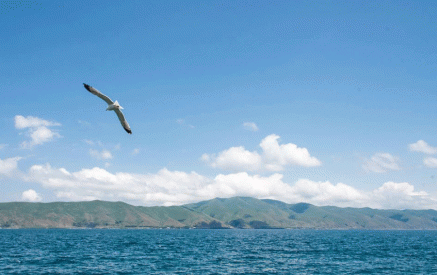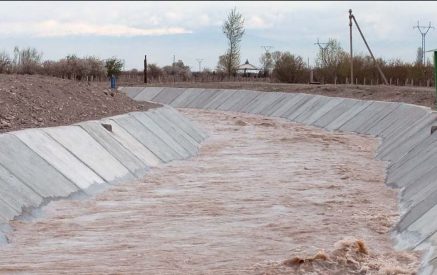For the past two months, the research team of scuba divers comprised of Artak Elmasakyan, Rafael Mkrtchyan, Armenia’s Public Television journalist Anna Martikyan and Associate of Biological Sciences Ivan Gabrielyan carry out visual research on the bottom of the Lake Sevan. In an interview with Aravot.am, Anna Martikyan said that Sevan represents a great interest of “extreme diving” in terms of underwater tourism. It is the second highest freshwater lake in the world after Titicaca in South America. Sevan is distinguished by the lack of oxygen.
According to our interlocutor, it attracts the extreme diving amateurs around the world, but many of them barely endure the deficiency of the oxygen, even death cases were registered. In recent years, a professional “diver” from Ukraine has died. In the interview with us, Anna Martikyan told that during their visual research headed by diver Rafael Mkrtchyan, first they tried to find the largest ship ever sunk in Sevan, but the strong streams of water regularly emerging underneath the Lake Sevan did not allow them to reach the ship and took them to an unknown direction. “We came out to an interesting place that was reminiscent of an ancient settlement. There were containers made of stone, which possibly were used to grind grain, flour and squeezing oil in ancient times. We came across to a sarcophagus resembling stone sculpture. There were many rock-cut resembling sculptures, tile walls resembling stones that most likely were walls and were once fallen. We also saw a long stretched pavement and neatly cut wedge rock carvings. We do not know whether all of this is a man-made work or the man and nature had created together, all of this is at the stage of studying and still need a narrow specialized research.
The site reminiscent of an ancient settlement is located near the Ardanish cape, in Shorzha section, 4-10 meters depth. Incidentally, note that the compass is not working properly on the bottom of the Lake Sevan probably because of magnetic anomalies. Our main guide was the experience of the divers. We also followed the legend, according to which another bank of the lake Sevan, in the Berdkunk section, there was a cave below the castle built about 3000-4000 years ago, taking to the bottom of the lake. The entrance of the cave was discovered by diver Rafael Mkrtchyan in 2011. This time, we decided to explore where the underwater cave leads to. The huge rocks had blocked the entrance, with the help of the icebreaker, we tried to open it, but it was impossible, a more powerful equipment was needed. We were unable to enter the cave, but we discovered a prehistoric animal’s head bone in the geological layers going vertically down to the bottom of the lake. We brought out a small part for the research, it was impossible to completely release the head from the centuries-old layers safe and bring it out. We also conducted the first underwater botanical survey in Armenia. We collected 10 high-quality plants and algae. The first of our discovered type of plants, which found its place in the archives of the Institute of Botany of the National Academy of Sciences and became number 189197th, in fact, was the first that was brought out from the very bottom of the Lake, from the depth of 7 meters. We are trying to explore our land in both geological and archeological, historical, biological, botanical and other directions.”
Our interlocutor mentions that the biggest problem along with the water pollution is the critical shortage of fish supply. “Diving dozens of hours at different depths in different sections of the lake Sevan, I never came across to big fish, the fish that I rarely saw will hardly be 10 centimeters. Due to the destruction of the ecosystem of the Lake Sevan, the number of the phytoplankton and zooplanktons has grown increasingly, which were to become food for the fish. In fact, because of the lack of fish, these small formations have covered the bottom of the Lake, making the visibility impossible in some places. In some places, the visibility had become impossible for another reason too. There were plenty of abandoned nets with rotten crayfish and remnants of fish. Interrupting our research for a while, our group cleaned the bottom of the Lake from about 4 kilometers of nets. There was also a lot of domestic garbage dumped into the Lake, including a car tire,” tells Anna Martikyan with concern. She said that they will continue the researches initiated by their efforts and funding next year too.
Nune AREVSHATYAN











